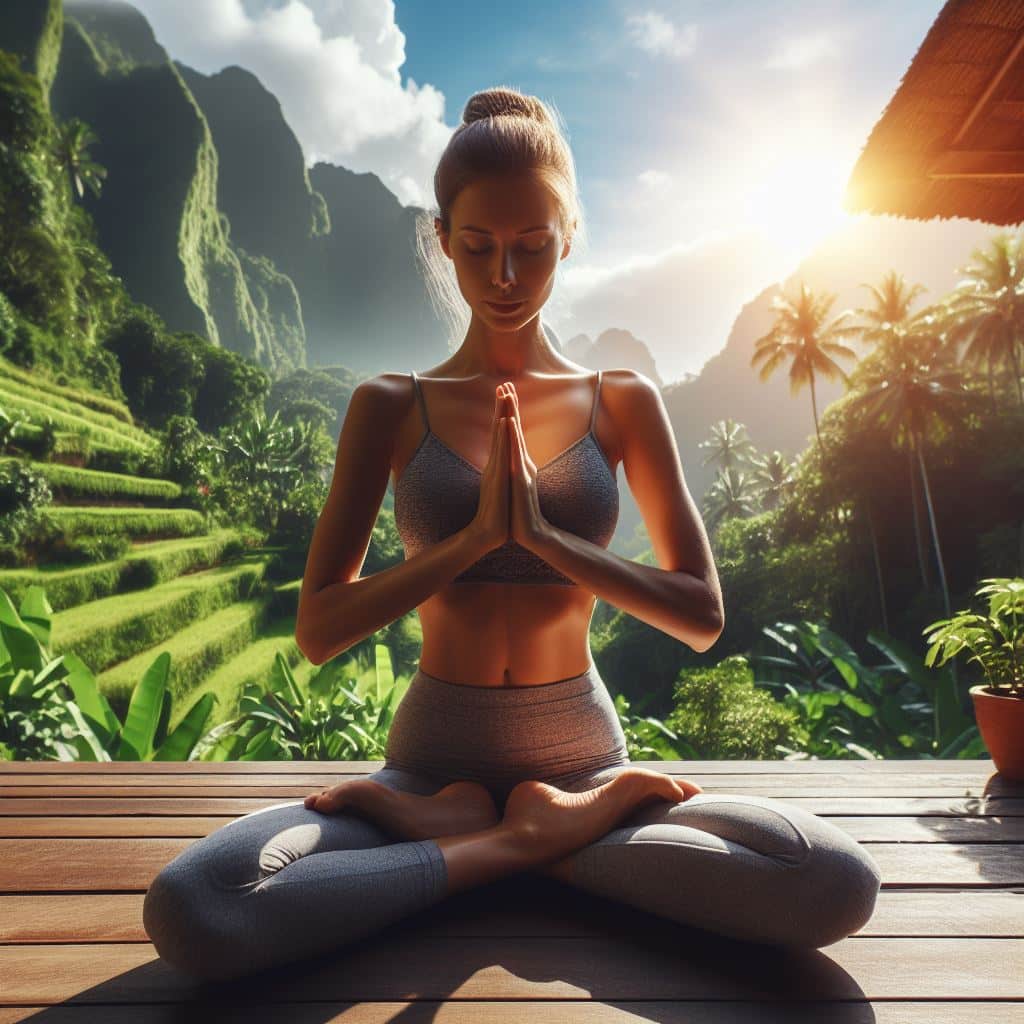Yoga, a holistic practice that combines physical postures, breath control, meditation, and ethical principles, has a rich history that spans thousands of years. The origins of yoga are deeply rooted in ancient Indian philosophy and spirituality. The word “yoga” is derived from the Sanskrit word “yuj,” meaning to yoke or unite, reflecting the goal of bringing together the mind, body, and spirit.
Origins:
- Vedic Period (1500 – 500 BCE): The earliest mention of yoga can be found in the Vedas, the sacred texts of ancient India. The Rigveda, for example, contains hymns that discuss the control of the mind and senses.
- Pre-classical Period (500 BCE – 200 CE): The Upanishads, a collection of philosophical texts, explored the concepts of meditation and self-realization. Yogic ideas started to take shape, emphasizing the union of the individual soul (atman) with the ultimate reality (Brahman).
The Classical Period:
- The Yoga Sutras of Patanjali (200 CE – 300 CE): Often considered the foundational text of yoga philosophy, the Yoga Sutras were compiled by the sage Patanjali. This text consists of 196 aphorisms that outline the Eight Limbs of Yoga, providing a systematic approach to spiritual practice.
- Eight Limbs of Yoga:
- Yama (ethical principles)
- Niyama (self-discipline)
- Asana (physical postures)
- Pranayama (breath control)
- Pratyahara (withdrawal of the senses)
- Dharana (concentration)
- Dhyana (meditation)
- Samadhi (enlightenment)
- Hatha Yoga (9th – 15th century): Hatha Yoga emerged as a system that focused on the physical postures (asanas) and breath control (pranayama). It aimed to prepare the body and mind for higher states of consciousness and meditation.
Modern Period:
- Colonial Period (19th – early 20th century): During the British colonial rule, yoga faced challenges, and some traditional practices were suppressed. However, interest in yoga began to rise in the West during this period.
- Swami Vivekananda and Theosophical Society: Swami Vivekananda played a crucial role in introducing yoga to the Western world during the Parliament of World Religions in Chicago in 1893. The Theosophical Society, founded by Helena Blavatsky and Henry Steel Olcott, also contributed to the popularization of Eastern spiritual traditions, including yoga.
- The Influence of Modern Gurus: In the mid-20th century, several Indian gurus, such as Swami Sivananda, B.K.S. Iyengar, and K. Pattabhi Jois, helped to spread yoga globally. Each of them emphasized different aspects of the practice, leading to the diversification of yoga styles.
- Yoga in the West (Late 20th century – Present): Yoga gained immense popularity in the West during the late 20th century. Various styles, including Vinyasa, Bikram, and Kundalini, emerged to meet the diverse preferences of practitioners. The focus on physical well-being, stress reduction, and spiritual exploration contributed to yoga’s widespread adoption.
Contemporary Developments:
- Scientific Validation: In recent decades, scientific research has validated the physical and mental health benefits of yoga. Studies have demonstrated its effectiveness in reducing stress, improving flexibility, enhancing cardiovascular health, and alleviating certain medical conditions.
- Yoga as a Global Phenomenon: Yoga is now practiced by millions of people worldwide. It has become a multi-billion dollar industry, with yoga studios, teacher training programs, and wellness retreats catering to a global audience.
- Integration into Modern Lifestyles: Yoga has adapted to contemporary lifestyles, with online classes, yoga apps, and a focus on accessibility for people of all ages and abilities.
In conclusion, the history and development of yoga are deeply intertwined with the spiritual and philosophical traditions of ancient India. From its roots in the Vedas to the systematic teachings of Patanjali and the global popularity it enjoys today, yoga continues to evolve as a holistic practice that promotes physical, mental, and spiritual well-being.

